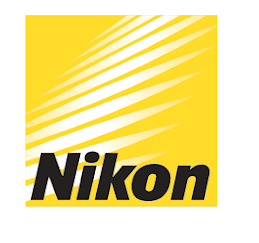Back in the dark distant past when we shot film, startrails were easy to shoot. You pointed your camera up, at night, and opened the shutter and that was about it. Job done. It isn’t quite that easy with digital but with a digital pokery we can make fantastic digital startrails above and beyond what we could do with film.
First we need to set up our camera. Automatic modes won’t do too well in the dark so we need to switch the exposure mode and focus to manual and set the focus at infinity. Select a White Balance setting, Daylight works well, then attach your cable release to the camera and the camera to the tripod. To set the exposure you need to decide on how bright you want the trails to be, on a really starry night you will need a lower ISO (200) and smaller aperture (f4). On nights with fewer stars when the moon is up select a faster ISO (400) and a wider aperture (f2.8). Shutter speed will depend on your approach with your cable release. I prefer to use a cable release with an intervolometer setting the camera to bulb. I can use this to set a 4 minute exposure and set the number of exposures. If you don’t have such a release you can cheat by selecting a 30 second exposure and setting the camera to continuous release, when you lock the cable release on the camera will continue to take 30 second exposure until you release the cable.
Now to taking the images. It is easier to frame the shot before sunset so you can see your foreground subject. Once you have decided to on what to shoot comes the easy part, trigger the release and sit back to start you captures. You need to get at least 60mins of total exposure with 90mins or more being preferable.
Once you have your exposures you need to merge them to create the trail. Batch the images so they all have the same settings, you can use the Raw files from within Bridge but I recommend saving them as JPEG files if you are using 30second exposures.
To merge the files first you need to download and install the free Photoshop script Dr Brown’s Services from www.russelbrown.com . Select the images in Bridge and click Tools > Dr Brown’s Services > Dr Brown’s Stack-a-Matic. This will bring up the Stack-a-Matic dialogue. In this window we need to select Create Stack and Maximum from the drop down list, we do not need to select Align Images as all the images should be aligned due to the fact they were shot from a tripod.
And that is that, Photoshop will do the heavy lifting for you so you can go and make a cup of tea while the image is being created, this will take quite a while if you have used 30 second exposures due to the number of frames to merge together.
For those of you who do not have Photoshop there are a few free programs around cabable of doing a similar job, my favourite is Startralis.exe found at http://www.startrails.de/html/software.html





2 comments:
This is a good simple overview - something I have been looking for for a while. Thanks.
I would like info on how you got that last shot - ie. the trees with a flash in manual (I assume?).
Yes the trees were lit with a flash, manual full power popped in a few times on each tree as I walked along the foreground. One of the benefits of digital over film is that you can experiment with lighting the foreground in a couple of the frames and choose the best one to include or if they don't work, leave them out!
Post a Comment